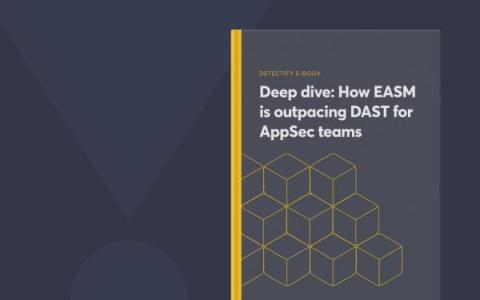The Shift to the Cloud and its Implications for Application Security
Everybody’s doing it: shifting applications to the cloud. More flexibility. More storage. More scalability. But how does this affect application security? What challenges does it present?










